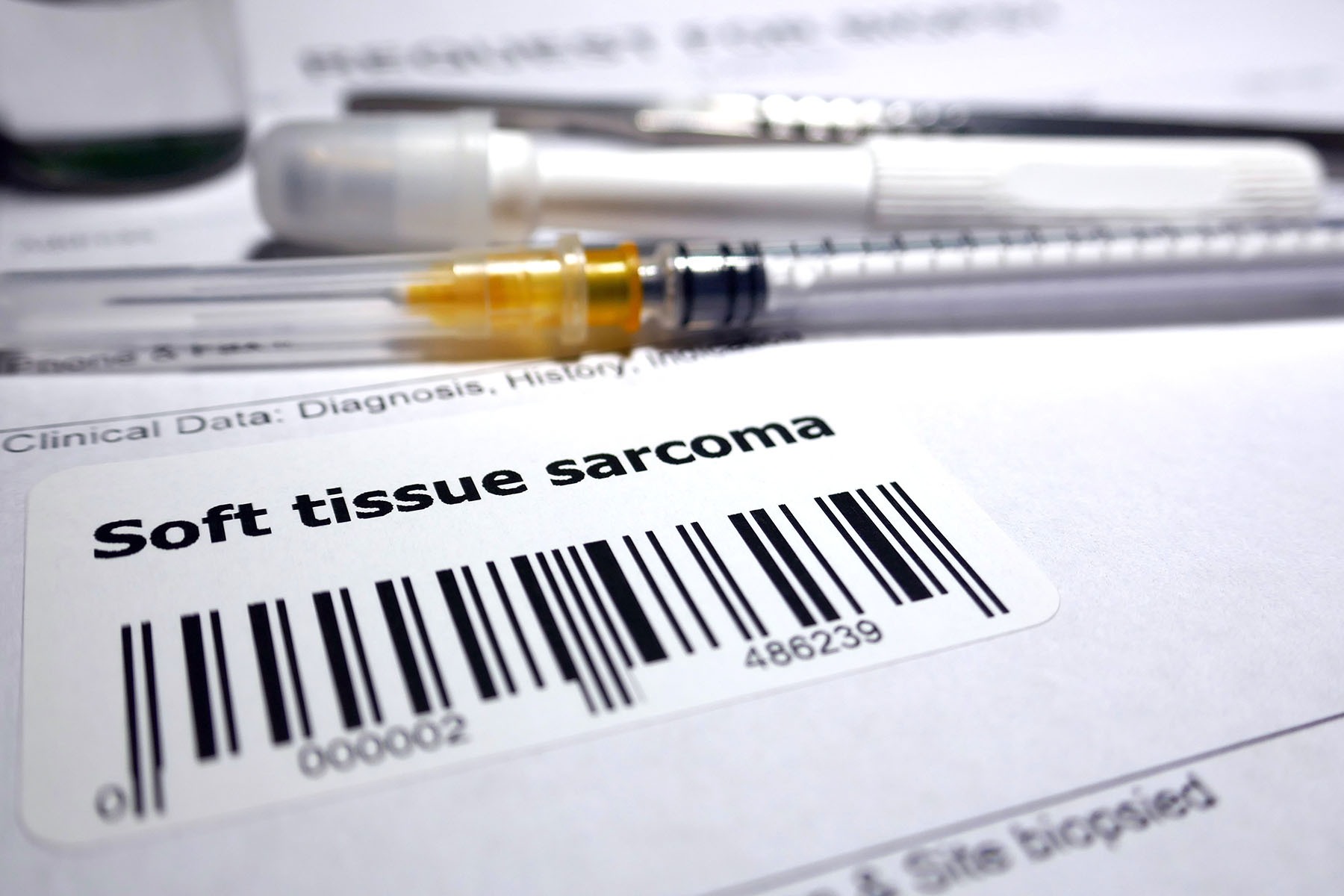Soft Tissue Sarcomas: How to Recognize the Symptoms

In November 2019, Trent Williams, star left tackle for the Washington Redskins, revealed he was diagnosed with a soft tissue cancer growing on his scalp. The cancer is called a Dermatofibrosarcoma Protuberans, or DFSP. It’s an exceptionally rare cancer but is part of a larger family of rare cancers known as soft tissue sarcomas.
There are approximately 175 different types of sarcoma, according to Dr. Jonathan Trent, an expert in sarcomas at Sylvester Comprehensive Cancer Center. Although 12,000 new cases of soft tissue sarcoma are diagnosed in America each year, only about 300 patients develop a DFSP.
Soft tissue sarcomas start growing in a variety of cells that form structural or functional support in our bodies.
Dr. Trent
“They can occur in muscles, tendons, fat, lymph and blood vessels, and nerves. Many soft tissue tumors begin in the arms or legs. Rarely, as in Williams’ case, they may be found on your head or neck, or inside other organs.”
In most cases, a sarcoma might first resemble a scar, rash, lump, or a bruise. The lump may form and grow. Sarcomas may not present many symptoms or warning signs. This makes it critically important to seek medical attention when you notice such a change, even if it may likely be a less serious condition.
The earlier, the better: catch soft tissue sarcoma while it’s curable
Most sarcomas are successfully treatable if discovered early. Survival rates are based on whether a sarcoma is diagnosed and treated before it can spread, according to the American Society of Clinical Oncology (ASCO).
- 58% of soft tissue sarcomas are found while localized in the tissue of origin.
The 5-year survival rate for people with localized sarcoma is 81%. - 18% of sarcomas are found in a locally advanced stage, having spread to nearby tissue or lymph nodes.
The 5-year survival rate for people with locally advanced sarcoma is 58%. - 14% of sarcomas are found in a metastatic stage, already having spread to other more distant parts of the body.
The 5-year metastatic sarcoma survival rate is 16%.
As with other sarcoma cancers, your chance of a cure is good if DFSP is recognized early and you are treated at an experienced sarcoma center with experts in medical oncology, surgery, pathology, and radiation oncology.
“If you have a family history of soft tissue sarcoma or other cancers, you can consider the option of genetic screening tests,” says Dr. Trent.
“If done by professionals at a comprehensive cancer center, the specific gene mutation predisposing to cancer might be identified. If one does not have a family history of sarcoma or other cancers, there is not a general screening test currently available.”
Approximately 20% of sarcomas are misdiagnosed at first.
Watch for any lump under the skin that is larger than a golf ball (or in deeper tissues such as muscle) or that is growing, says Dr. Trent. The lump does not have to cause pain. People may notice other signs, including bone pain, abdominal pain that gets worse, and suffering a broken bone unexpectedly.
If you had a lump surgically removed, watch for any sign of it growing back. Report it to your doctor immediately.
Known risk factors include past radiation exposure or radiation treatment, exposure to toxic chemicals (e.g. pesticides, herbicides, Agent Orange), and having certain inherited disorders.
If you are concerned about a possible sarcoma, request an appointment online today or call 1-844-324-HOPE (4673).
John Senall is a contributing writer for UMiami Health News. He is a former hospital and comprehensive cancer center communications director.
Originally published on: November 05, 2019
Tags: DFSP, Dr. Jonathan Trent, sarcoma
